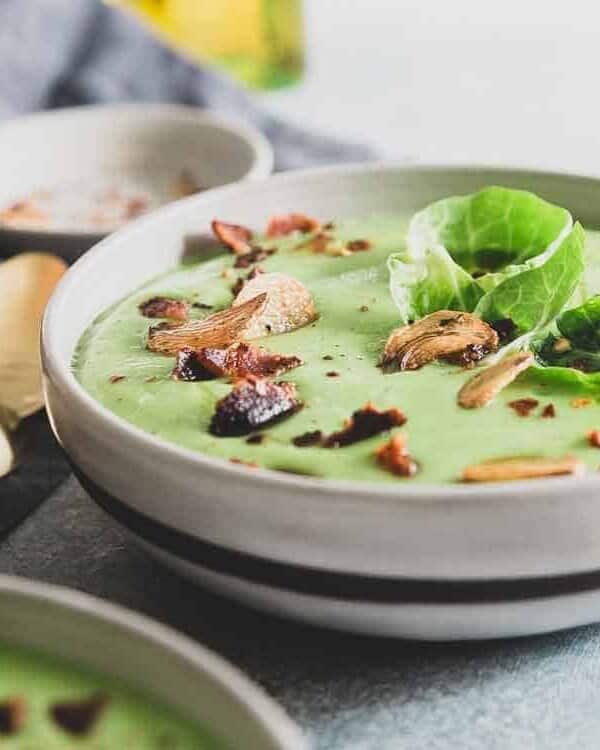If kale’s not your thing, don’t worry—you’re not alone, and the world of leafy greens is vast and varied. From the peppery punch of arugula to the robust bitterness of collard greens, there’s a whole spectrum of flavors and textures to explore. These greens add a splash of color and a burst of nutrients to your meals but can also be great substitutes in any recipe calling for kale.

Swiss Chard

Swiss chard boasts vibrant leaves that bring color and a mild bitterness to dishes. It’s not only a feast for the eyes but also a treasure trove of vitamins A, C, and K. Sauteéd with a dash of garlic, it’s a perfect addition to any meal.
Make This Recipe: Sauteed Swiss Chard
Collard Greens
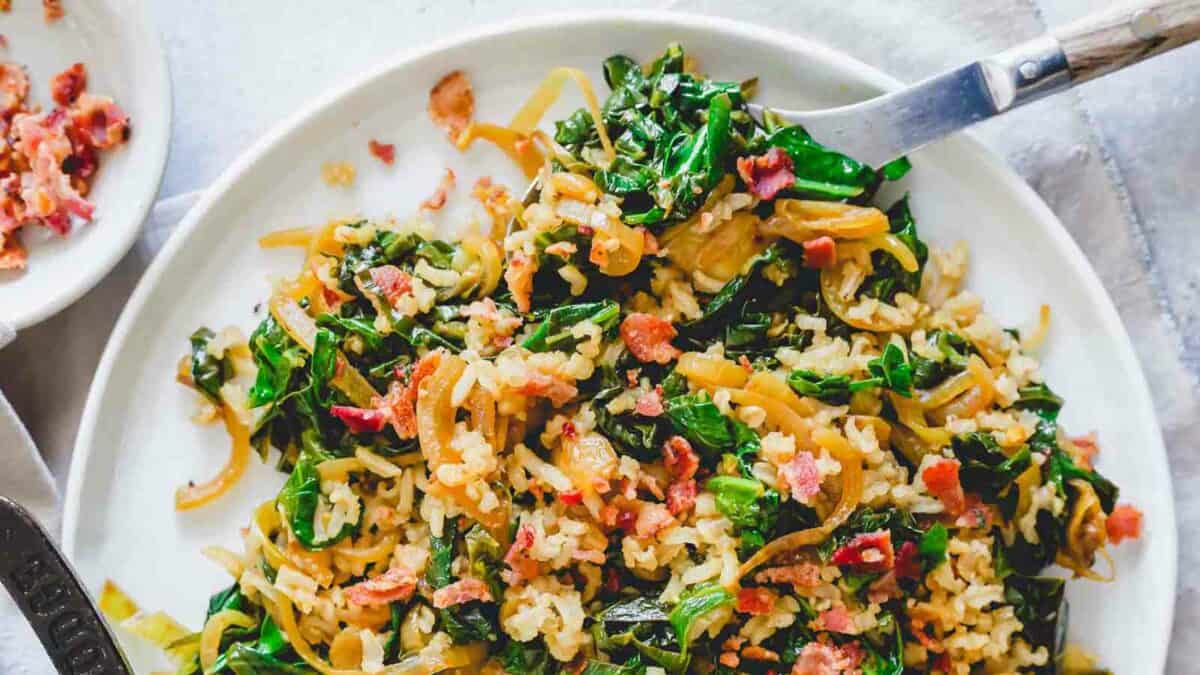
Collard greens are robust and resilient in texture. Typically simmered slowly with flavors like smoked turkey or bacon, these greens infuse meals with a traditional Southern touch and pack vitamins K, A, and folate.
Make This Recipe: Spicy Collard Greens and Rice
Mustard Greens

Sharp and peppery, mustard greens offer a spicy kick that will awaken your palate. They are wonderful both raw or wilted in dishes and come loaded with fiber, vitamins A, C, and K, making them a hearty addition to any diet.
Make This Recipe: Sauteed Mustard Greens
Spinach
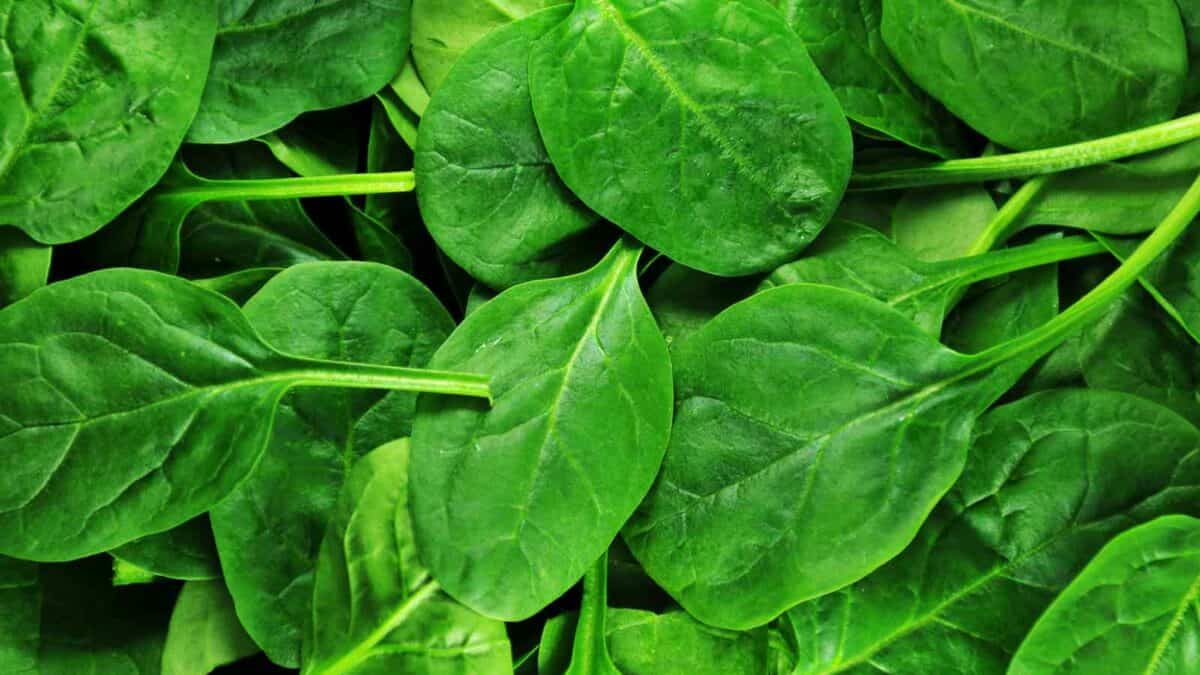
Spinach is a soft, versatile green with a more subtle flavor profile than kale. Perfect for raw salads or a gentle wilt in pastas and soups, it’s loaded with iron, magnesium, and vitamins A and C.
Make This Recipe: Warm Spinach Salad
Arugula

This zesty green adds a peppery splash to salads and pizzas. Not only does it provide a flavor kick, but it’s also a great source of calcium, potassium, and vitamins C and K, all while supporting bone health.
Make This Recipe: Arugula Pesto
Turnip Greens
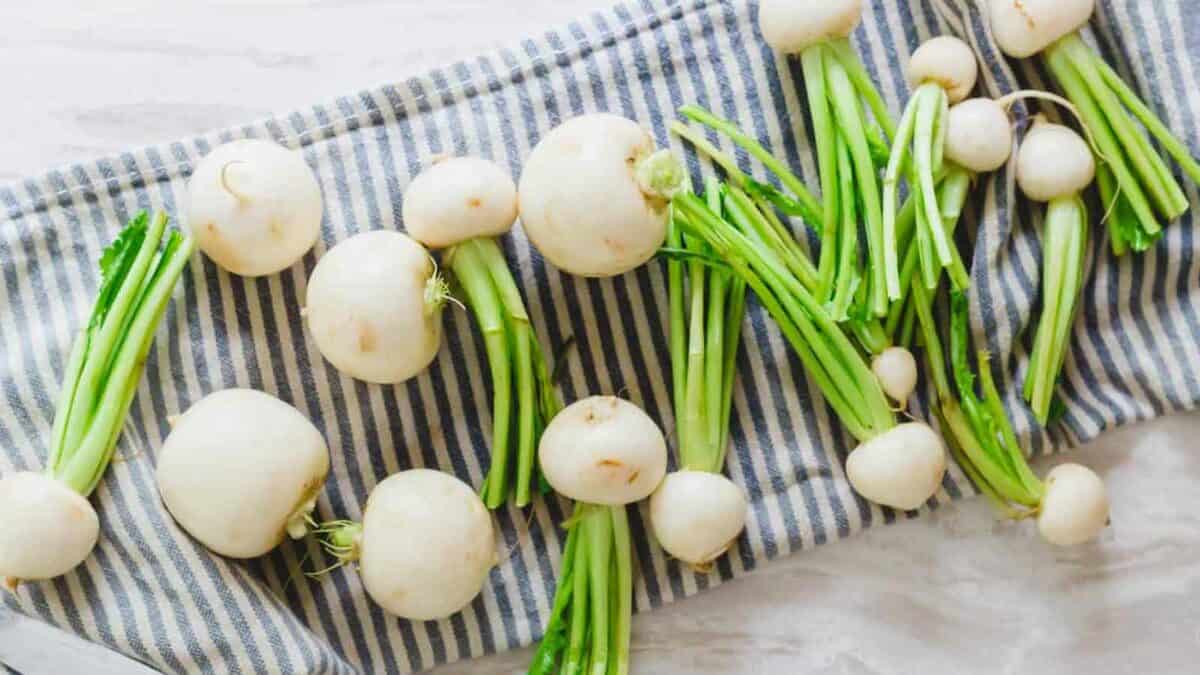
Slightly more bitter than other greens, turnip greens are rich in calcium, vitamin A and antioxidants. They’re traditionally cooked down with a piece of pork for a soul-satisfying dish that embodies comfort food.
Make This Recipe: Roasted Turnips
Watercress
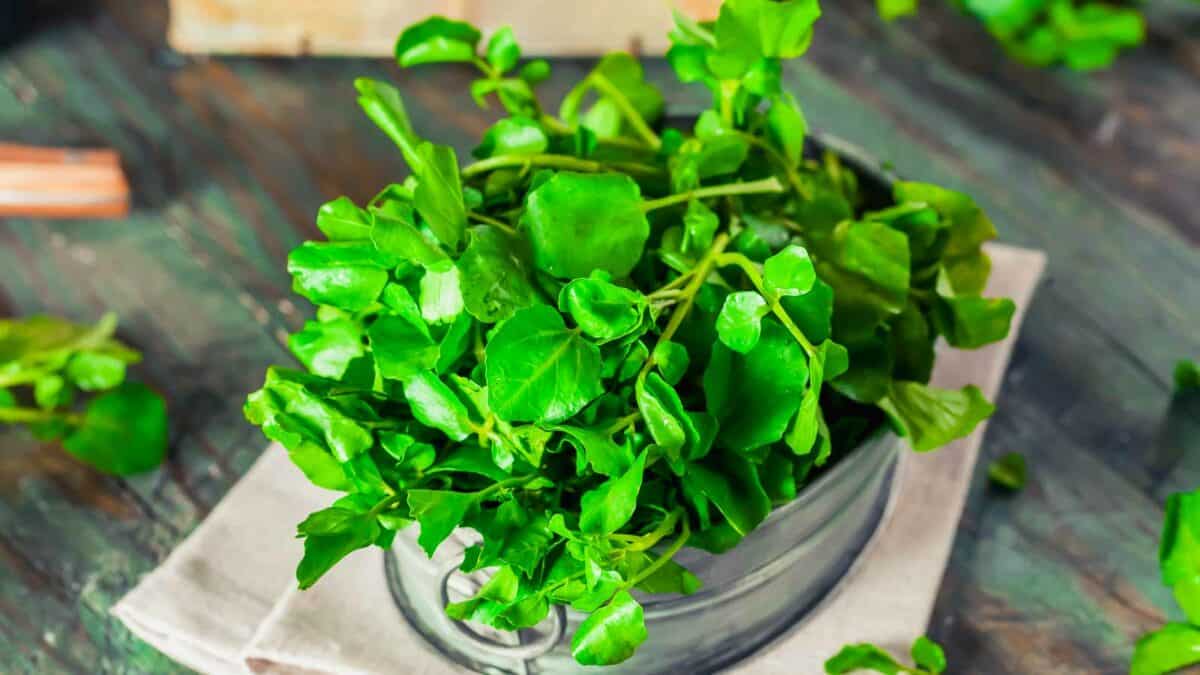
As one of the oldest leafy greens consumed by humans, watercress is a peppery plant that’s great for a light salad. It’s particularly noted for its health benefits, including thyroid support and its rich concentrations of vitamin K.
Make This Recipe: Watercress Salad
Bok Choy
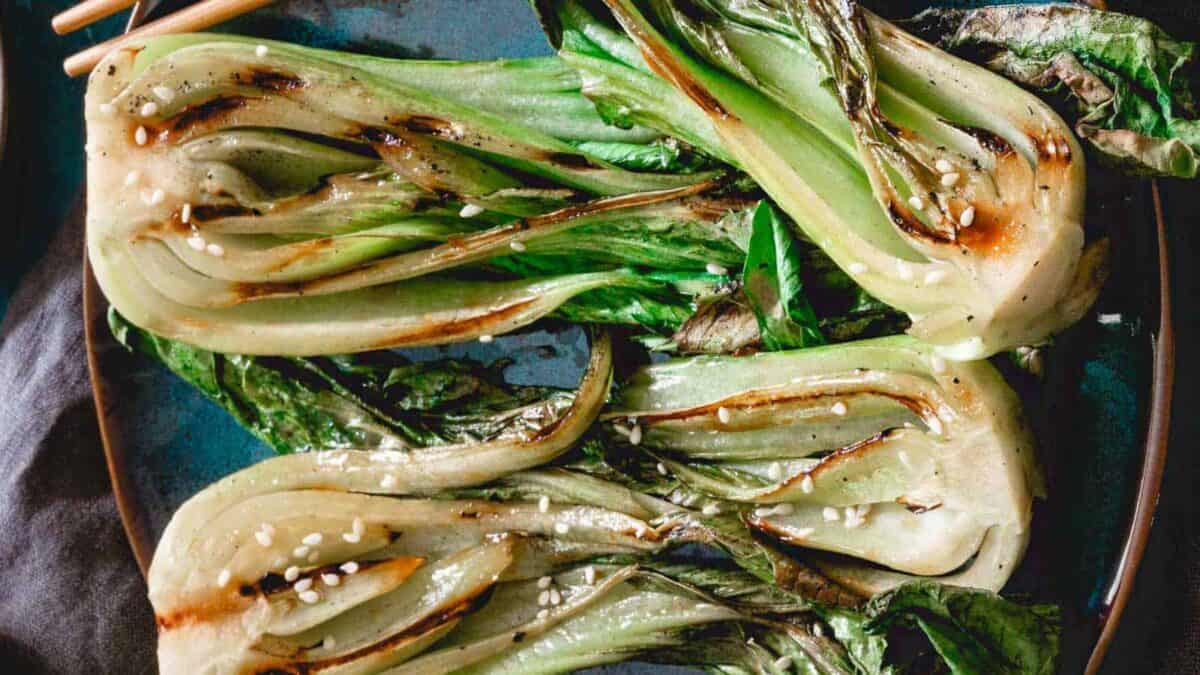
Also known as Chinese cabbage, bok choy has crisp, sweet leaves that excel in stir-fries and sautés. This green is a calcium powerhouse, which also packs high amounts of vitamins A and C.
Make This Recipe: Bok Choy Salad
Romaine Lettuce
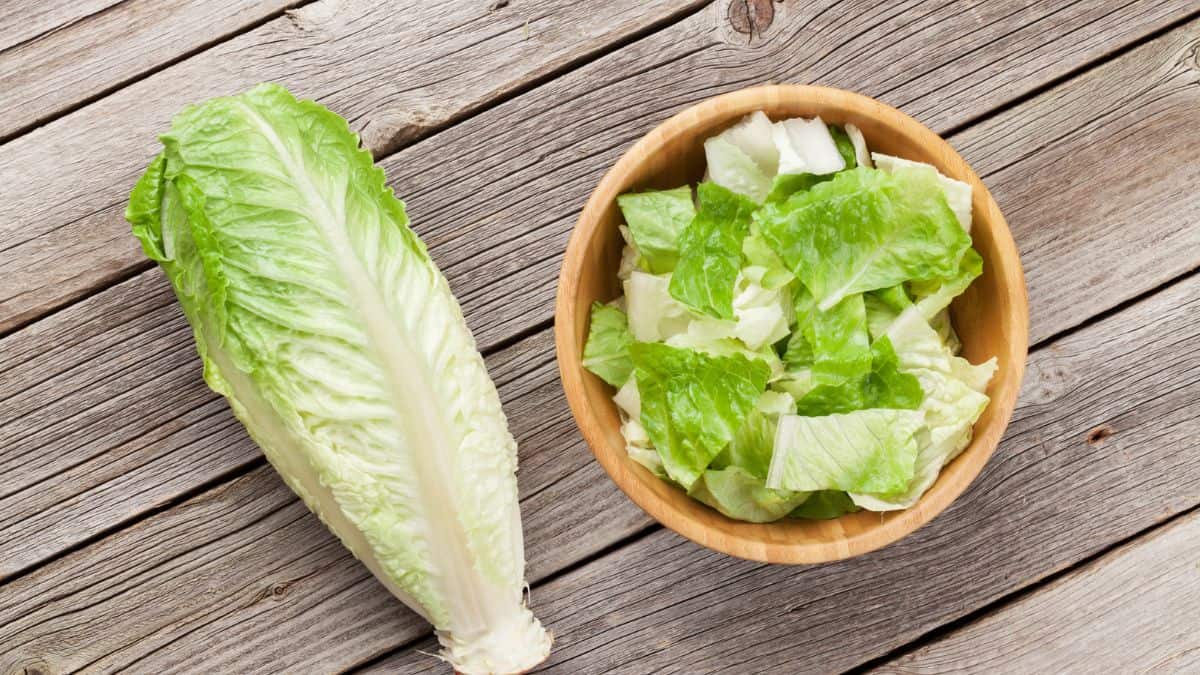
Crisp and refreshing, romaine lettuce is more than just a salad base. High in vitamins A, K, and folate, its crunchy texture and mild flavor make it perfect for wraps and grilling, especially for a smoky, charred edge.
Make This Recipe: Burger Bowls
Tatsoi
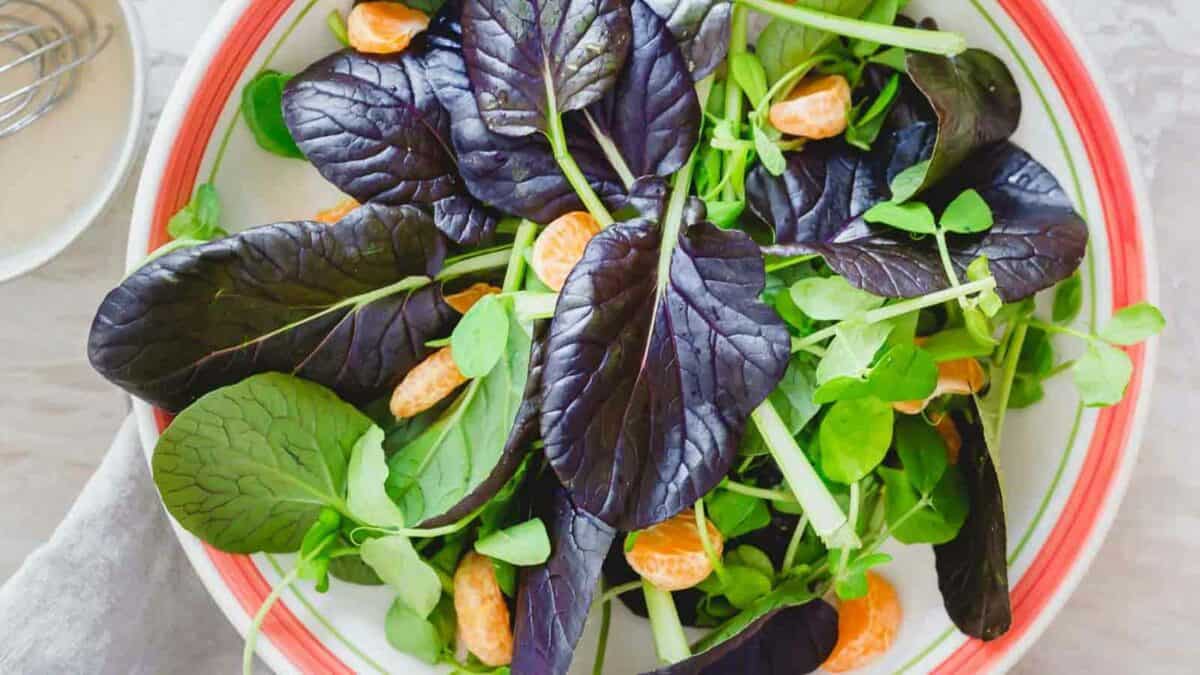
A cousin to bok choy, tatsoi features small, spoon-shaped leaves that are soft and subtle in flavor. It can be enjoyed raw in salads or gently cooked. Tatsoi is rich in vitamins C, A, and calcium, promoting strong bones and immunity.
Make This Recipe: Purple Tatsoi Salad
15 Salads You Can Make A Meal Out Of
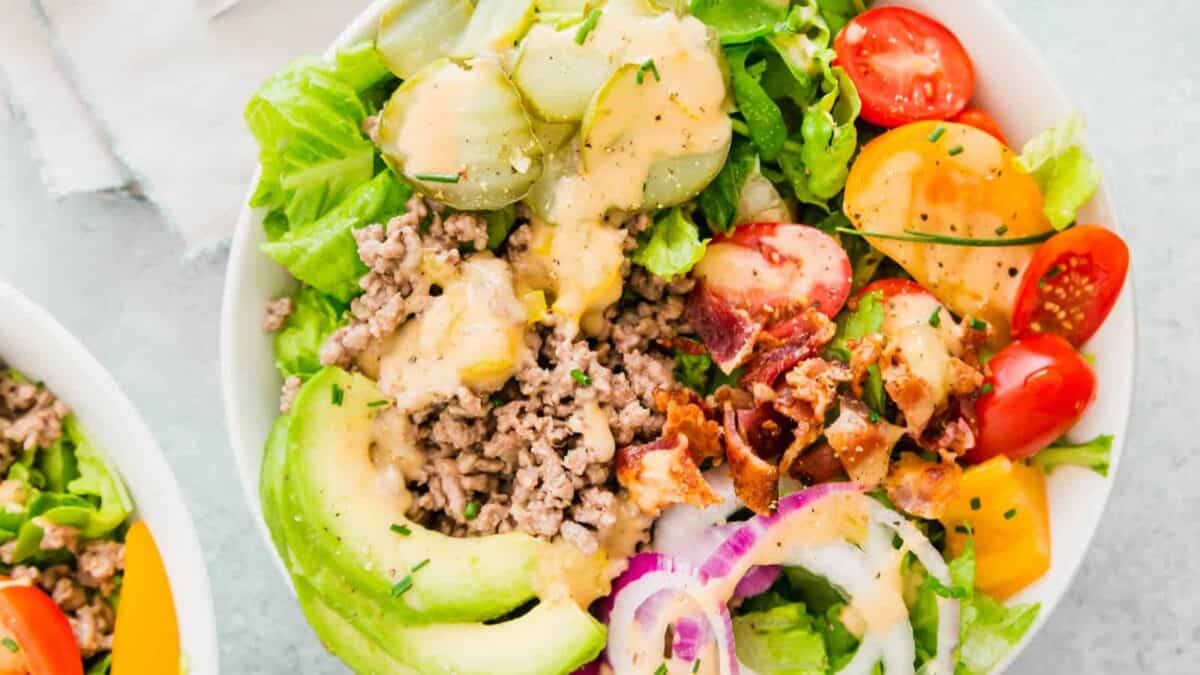
Salads are usually just a side dish, but we’re here to shake things up. With these recipes, salads become the main event, packed with enough hearty ingredients and bold flavors to keep you full and satisfied. No need to look for something else to eat an hour later – these salads have everything you need.
Get the Recipes: 15 Salads You Can Make A Meal Out Of
13 Of The Most Nutrient-Dense Foods You Can And Should Be Eating
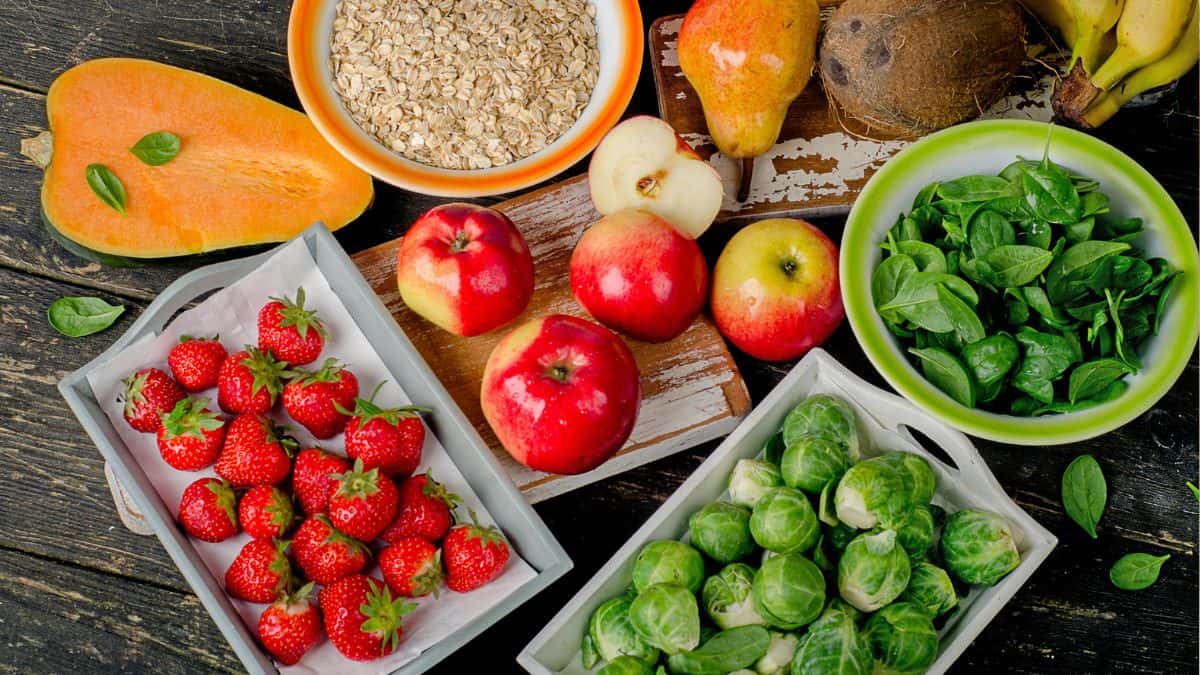
When it comes to eating, we’ve all got a “calorie budget,” but let’s be honest, some of us are better at managing it than others. If you want to make the most of what you’re eating, you have to be diligent about investing those calories in the right places and getting the best bang for your buck with the foods you choose. Here are 13 of the most nutrient dense foods available. They give you the most nutritional value per bite and are what you should be focusing on when you load up your plate each day to maximize your health span.
Read it Here: 13 Of The Most Nutrient-Dense Foods You Can And Should Be Eating
12 Foods Containing The Most Pesticides That You Should Buy Organic

It turns out that the crunch of an apple or the sweetness of strawberries might come with an unwanted extra: pesticides. These chemicals, aimed at keeping pests and diseases at bay, tend to linger more on some fruits and veggies than others. Every year, the Environmental Working Group (EWG) lists the “dirtiest,” most heavily sprayed foods. Here’s what to avoid this year or choose their organic counterparts.
Read it Here: 12 Foods Containing The Most Pesticides That You Should Buy Organic
Select images provided by Depositphotos.
Gina Matsoukas is an AP syndicated writer. She is the founder, photographer and recipe developer of Running to the Kitchen — a food website focused on providing healthy, wholesome recipes using fresh and seasonal ingredients. Her work has been featured in numerous media outlets both digital and print, including MSN, Huffington post, Buzzfeed, Women’s Health and Food Network.

